
Exploring The Off-Road Dominance of Fords Engines
In this article series, we’re going to talk about the heart and soul of Ford’s off-road dominance—their engines, with a special focus on the formidable

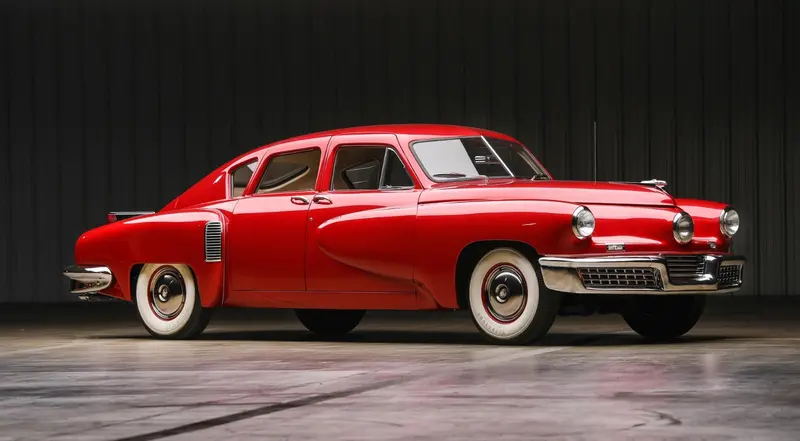
The Dream Machine That Never Was: The 1948 Tucker Sedan
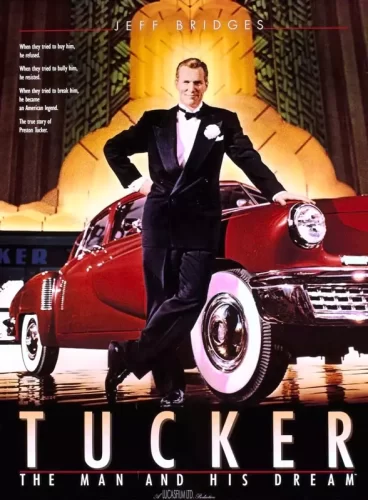
Directed by Francis Ford Coppola, Tucker: The Man and His Dream, stars Jeff Bridges. The film recounts the challenges of Preston Tucker, as he fought scandals and accusations of stock fraud in his quest to produce and market the 1948 Tucker Sedan, aka the Tucker Torpedo. In 1973 Coppola began developing a script based on the life of Tucker, which originally was to star Marlon Brando, and in another iteration, was to be a musical, but all efforts stopped when Coppola experience financial problems. In 1986, the film was revived with the help of George Lucas, as the producer.
The plot of the film is for post-war Preston Tucker to create “the car of the future”, the Tucker 48, replete with disc brakes, seat belts, a pop-out windshield, a front trunk, and rear engine, and headlights that swiveled with the direction in which the car was turning.
Amidst trials and tribulations where the design of the car is usurped by the Tucker board, Preston seeks help from Howard Hughes, who guides him prolifically to purchase a powerful helicopter engine manufacturer for the Tucker power plant. The engine was originally designed to be hydraulic but proved to be “too advanced” for the technology of the day.
Secret, backyard modifications to the unalterable, new, and boring vehicle design, Preston successfully tests the new prototype engine but is again saddled with allegations of stock fraud. Tucker is acquitted by a jury, but the company falls into bankruptcy, and Tucker dies of cancer, never able to realize his dream. (Even Hollywood can’t make up true stories like this.)
So, here we present some of the coolness of the incredible, and dare we say driven, automobile visionary, Preston Tucker’s 1948 Tucker Torpedo.
The first Tucker prototype boasted a 589 cubic-inch, liquid-cooled, flat-six engine with a torque converter transversely mounted on each end. And, it was a rear-mount configuration. (The engine drove each wheel independently, with no transmission. But this also meant no reverse. Certainly a pre-production concern.)
There were major problems with the engine. Aside from being impossible to back the car up, the engine just didn’t work right. It was eventually abandoned. But an opportunity to incorporate powerful helicopter engines presented itself, and the H-6 OHV, water-cooled 335 cubic inch, 166 horsepower engine was created to fit behind the rear wheels, instead of between them, which then necessitated a trans-axel, mirroring the layout of a Porsche 911.
A fully-automatic transmission, the Tuckermatic, was also added to the vehicle.
The incredible concept of front fenders and lights that turned with the wheels was abandoned, and the center-mounted light was incorporated. The innovative disc brakes were also abandoned, simply to get cars out the door.
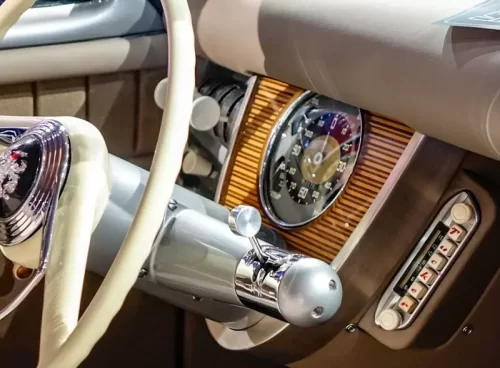
So many additional groundbreaking safety features were planned that automotive testers and critics alike praised the concepts and were unanimously enthusiastic about the production of Tucker Sedans. So much so, reviews glowed with comments like “It was the fasted I’ve ever gotten to 105 miles per hour, and it took only ten seconds for me to blow past 60 mph.”
Some great design features that did survive the prototype process were “suicide” facing doors, that were cut into the roof panel, so entry and exit were far easier. The interior comfortably sat six, with a step-down floor, and a “safety chamber” where the front driver and passenger could dive under the dash and be safe in a crash. The front and rear seats were interchangeable, to even out wear. (Pure genius.)
All of the buttons and knobs were recessed to prevent injury to riders, and the front windshield was designed to pop out instead of breaking in and possibly cutting the passengers.
Amazingly, 47 of the 51 cars, hand-built in a decommissioned B-29 factory in Chicago, still exist in collections all over the world.

In this article series, we’re going to talk about the heart and soul of Ford’s off-road dominance—their engines, with a special focus on the formidable

Issue 1 • Engine & Transmission Tip Welcome to Fraser Engine Company’s Under The Hood – A new resource for engine and transmission tips. Our
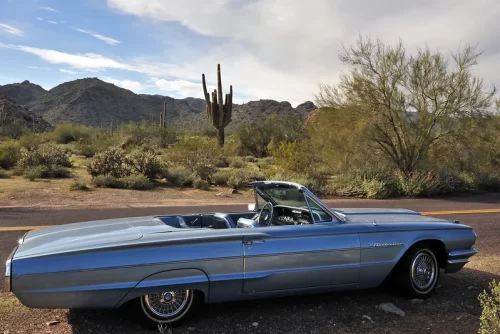
Starring two chicks and a 1966 Ford Thunderbird Convertible “It’s not about the journey, it’s about the destination…” (at least in this movie) Thelma &

Issue 33 • Engine & Transmission Tips Fall is here! Make sure you’re ready for a bad-weather driving experience October is just around the corner

Ford’s EcoBoost engines have gained immense popularity for their performance and fuel efficiency blend. For enthusiasts seeking to unlock the full potential of their Ford
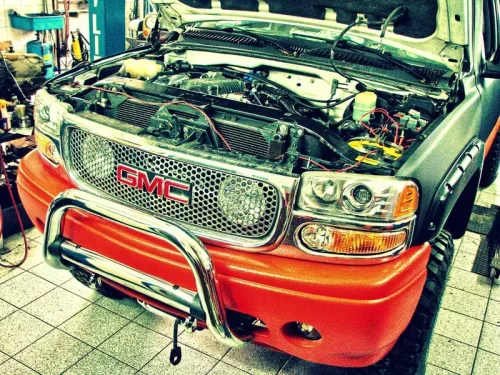
Issue 29 • Engine & Transmission Tips This installment covers engine selection, Fraser warranties, and proper installation Welcome to Part 3 of Fraser Engine Co’s